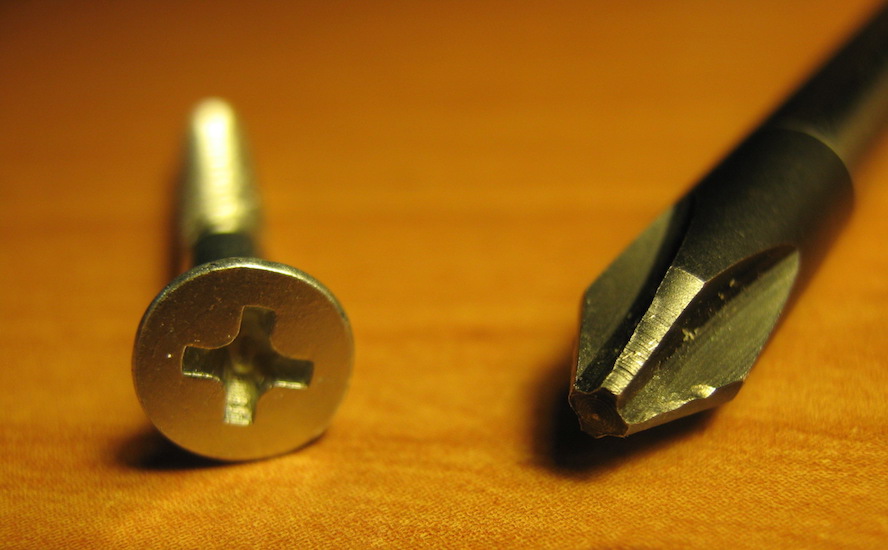
Source | Creative Commons
Sometimes, even the most seasoned of fix-it folks become mystified about the proper technique for unleashing the lug nuts on a hubcap or screwing drywall to the studs. It only lasts a moment, though, thanks to the golden rule: lefty-loosey, righty-tighty. It's a simple mnemonic device—that we often say out loud while tackling the problem at hand—that most people never forget.
LL-RT has become the universal standard, but it begs the question why. Is there a specific reason we open our pickle jars in a clockwise motion? There is, and you can thank—or blame, if you're a southpaw—evolution.
We're dominated by righties
Outside of Major League Baseball pitching mounds, it's hard out there for lefties. According to a 2014 BBC article, a whopping 85% of the human species are right-handed. And there is growing evidence that that's always been the case. As far back as the prehistoric days, right-handers have dominated. One piece of evidence being that preserved teeth show food was usually shoved into cavefolk maws with the right hand.
Setting righty-tighty in stone (er, metal)
Evolution explains the science, but it doesn't account for the mechanical standard. For that development, we jump way forward into the future, to England in the year 1841, when Joseph Whitworth was an apprentice to the inventor of the modern lathe, Henry Maudsley. This allowed for screws to be cut precisely, but there was still no uniform system for either screw sizes or threads.
According to a thorough history at TodayIFoundOut, Whitworth presented a paper to the Institute of Civil Engineers calling for an industry standard that "the angle of threads should be set at 55 degrees and a set number of threads per inch depending on the screw's diameter."
Since LL-RT was already the common practice, it became the unofficial global rule invoked today. In essence, it's been this way for a long time because right-handed people rule the world. To tighten screws, nuts, bolts, and so on, you turn in a clockwise motion and, thus, loosen it by going counterclockwise. There are a few exceptions, like aging propane cylinders and the occasional pipe fitting. But for the most part, LL-RT is universal.
Lefty-loosey, righty-tighty, no escape-y!
The phrase itself has gone beyond a simple rule of thumb and made its way into pop culture. In the 1983 film "Fandango," which features Kevin Costner in his first leading role, a character says, "The other way, bud. Remember, it's lefty-loosey, righty-tighty." In 2011, a Brooklyn-based indie film about "three friends on the precipice of middle age" used the saying as its title. And "World of Warcraft" fans know it's the name of an assassination mission in the Distress Call quest chain.
There's even a number of explanatory YouTube videos that lay out what the etched-in-our-brains explainer means for novice do-it-yourself-ers. Here's a good one from Jason Slater of MyFathersToolbox.com.
There is no exact date for when and why the ubiquitous phrase came into being. Evidence seems to show that it came about in the 20th century, most likely after the Phillips-head screw was patented in the 1930s.
Whatever the case, it's ingrained in our collective consciousness.
Who first taught you righty-tighty and lefty-loosey? Tell us in the comments.







